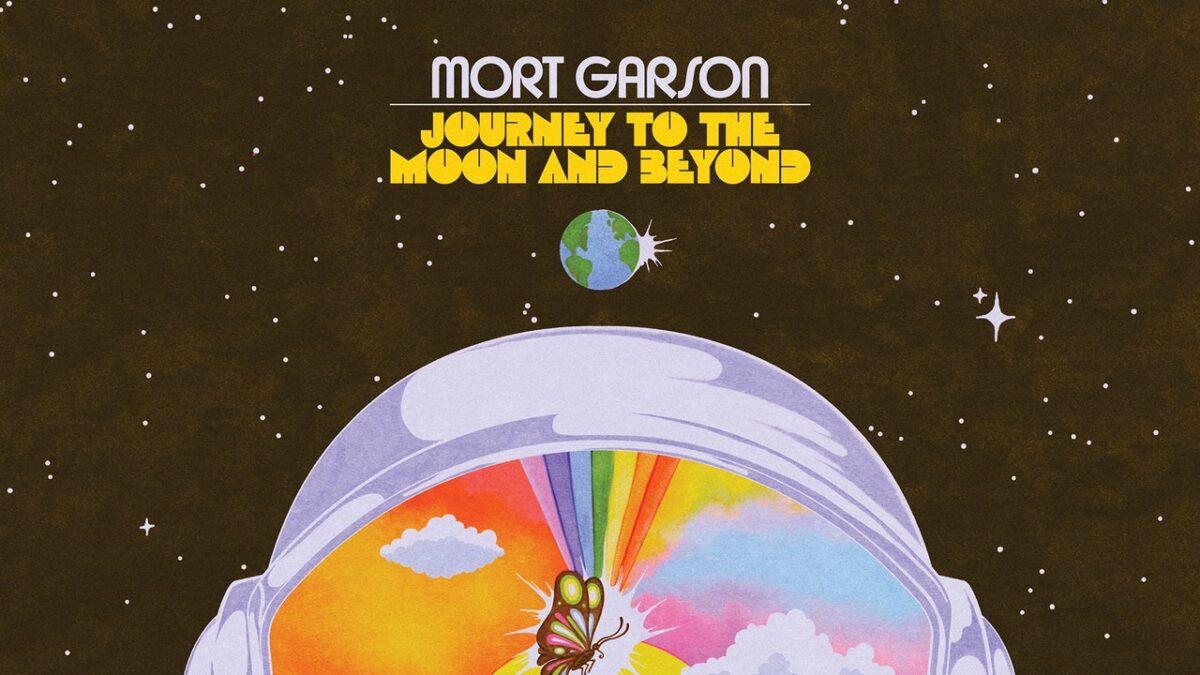
“See the Cheetah” is a paisley-patterned mod jam recorded in 1967 by the Big Game Hunters, a band that may or may not have existed outside the studio. Though the two-minute tune has very minimal synth work, the winking playfulness of the arrangement feels like trademark Mort Garson. It’s the kind of bouncy, lite-jazz library psych that Trish Keenan and James Cargill would mine in Broadcast’s early material, full of splashy cymbals, overactive flute, and nonsense lyrics.
“Black Eye (Main Theme),” excerpted from the soundtrack Garson composed for the 1974 Blaxploitation flick of the same name, is more serious in tone. Garson takes a page from Curtis Mayfield’s Super Fly playbook, combining funk bass and a constant clip-clop of woodblock percussion, punctuating the groove with a quarter-note snare. The guitar sounds thick and syrupy, as if he’s running it through the filter on his Moog before running it out to an amp. Once the baritone sax doubles the guitar line, the melody sounds like it’s melting, giving the entire composition a trippy glow.
The centerpiece is “Moon Journey,” a six-minute synthesizer symphony commissioned by CBS to soundtrack the 1969 moon landing. The piece goes through several movements, all of which make extensive use of the synthesizer’s noise circuit. It starts with detuned arpeggios and percussive filter envelopes, adds uneasy drones, then morphs into a carnival funhouse soundtrack kissed with the stuttering delay Garson would employ throughout the rest of his career. He doubles down on the wackiness, jumping into a section that sounds like the “Western shuffle” preset of an old drum machine that’s been thrown down a flight of stairs. Finally, it resolves into a major-key waltz, dissolving like late afternoon sunlight on a pond. It’s classic Garson, at once awe-inspiring, slightly menacing, and beautifully tranquil—all feelings probably shared by those who watched the Apollo 11 broadcast.
That mix of joy and apprehension confirms “Moon Journey” as the compilation’s emotional anchor: Mort Garson turned 45 on the day of the Moon landing, spending his birthday processing the fact that 650 million people were hearing his music accompany Neil Armstrong’s giant step for humankind. It’s a staggeringly complex work; early Moog synths were monophonic, meaning only one sound could be played at a time. Recording such a dense, layered composition was a painstaking process of tuning, overdubbing, and re-tuning, so creating such a complicated mosaic of sound—for such a historic event—was as much an undertaking as it was an honor.
Garson kept writing and recording every day until his death in 2008. His vault of recordings is reportedly massive; some of the pieces included here couldn’t be traced to a particular project or period of his career. Journey is a carefully curated sampling of Garson’s talents as a composer, arranger, synthesist, and sound designer. It adds to his mystique as a channeler of otherworldly frequencies, a grinning virtuoso tapping into the beyond one patch cable at a time.
All products featured on Pitchfork are independently selected by our editors. However, when you buy something through our retail links, we may earn an affiliate commission.














